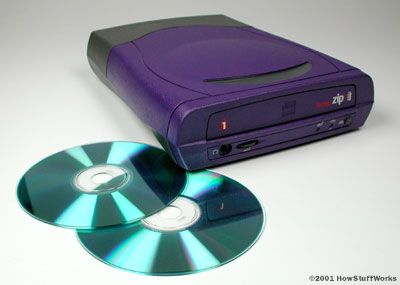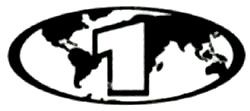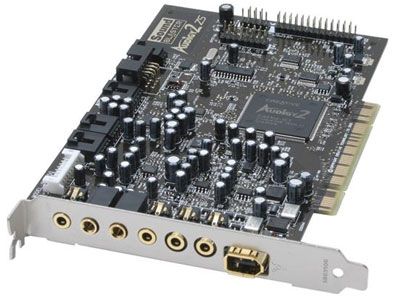For information storage purposes, a compact disc (CD) is usually sufficient with its 650 megabytes of available storage space. But if you need more space than that, you can store 4.7 gigabytes on a DVD, up to 8.4 gigabytes on a double layer (DL) DVD (you can record two layers of information on one side) or 9.4 gigabytes on a double-sided disc (which has 4.7 gigabytes of storage on each side). Double-sided discs are cheaper but you'll have to turn the disc over to view the second half of the DVD [source: PCC].
There are two standard formats:
Advertisement
- DVD-R (read only) or DVD-RW (read and write, meaning information on these DVDs can be erased and new information can be burned onto them). These are called "dash."
- DVD+R or DVD+RW, which are called "plus" [sources: PCC, Microsoft Windows].
Here's how to decide what kind of DVD to buy:
- Find out what format (NTSC or PAL) your DVD player is able to read before deciding what format to burn the DVDs in. All DVD players cannot read all types of DVDs [source: Microsoft Windows].
- Check the speed rating. The speed rating listed on a disc is the amount of time it will take to burn the DVD. Make sure to buy DVDs rated at or above the speed of your drive, but not below it [source: PCC].
Here's how to burn your DVD.
- Open your DVD burning software.
- Select the DVD burner you wish to use when prompted.
- Select the type of files you wish to burn when prompted.
- Select the specific files you wish to burn when prompted.
- Enter in a name for your disc when prompted.
- Click burn.
- Insert a blank disc into the burner if you haven't already done so.
- Click OK when the DVD is finished burning [source: MHL]. //]]]]> ]]>
Advertisement


